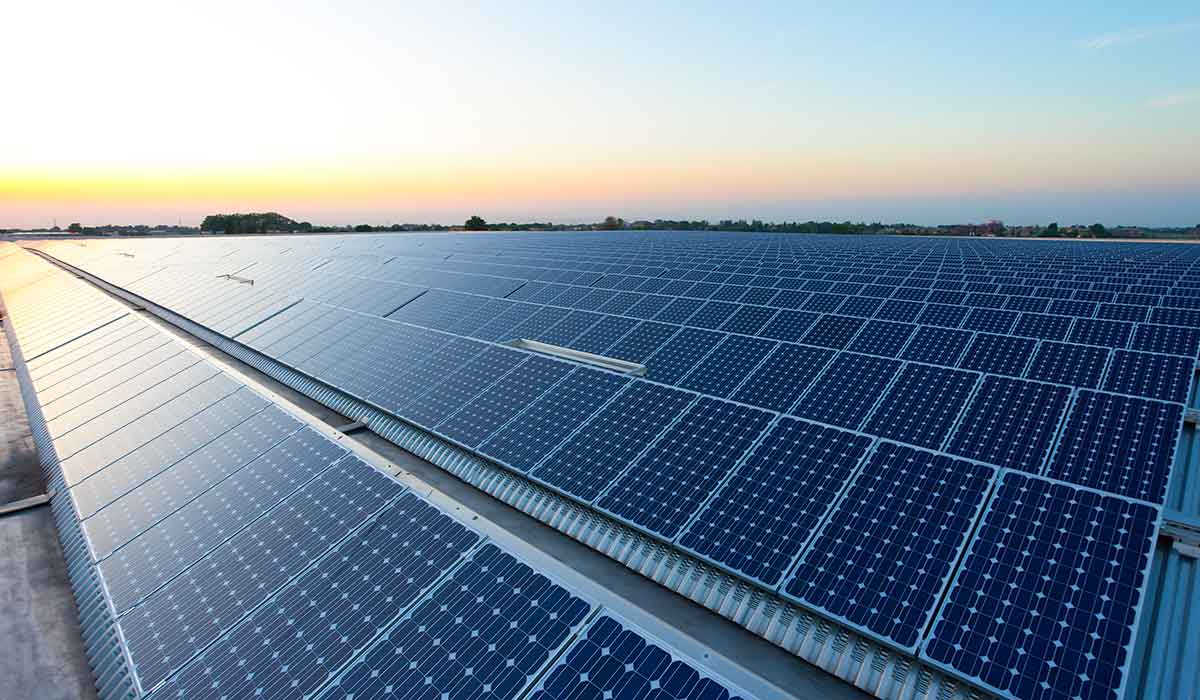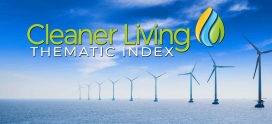Energy Pain Points in Puerto Rico Force Disruptive Innovation Acceleration
Looking for pain points in the economy is often one of the best investment strategies — finding those places where extreme friction exists, just waiting for an innovator to step in with a solution that solves the problem and reaping the financial rewards along the way.
Here in the Washington, DC area, we saw this playout with the adoption of hybrid vehicles in the early 2000’s. The combination of fast-rising gas prices, traffic that is among the worst in the country and HOV lanes being made available to single-occupancy energy-efficient vehicles resulted in a quick adoption of the cars. Pretty quickly, the Toyota Prius seemingly became among the most popular cars on the road during rush hour heading in and out of the nation’s capital — or at least it seemed that way for those of us stuck sitting in traffic watching them zip by.
In Puerto Rico, we are seeing such a phenomenon occur in the area of renewable energy as they struggle to get back on their feet following the Hurricane Maria. Bloomberg recently reported that:
10,000 new [solar power] systems have been installed in the year since Hurricane Maria hit the island, and some battery suppliers such as Tesla Inc. are having trouble keeping up.The 10,000 residential solar plus battery storage systems were installed between September 2017 and September 2018, P.J. Wilson, president of the Solar and Energy Storage Association of Puerto Rico, which represents the territory’s solar and battery industries, told Bloomberg Environment. This number rivals the 12,000 existing residential solar systems on the island before the storm hit, but virtually none of the systems were paired with batteries.
Now, all of the major Puerto Rican installers are selling combined solar and battery systems, not just solar. Why? Energy security and resiliency. The Category 4 hurricane, which made landfall Sept. 20, 2017, wiped out the island’s fragile electricity system, taking nearly 11 months for the Puerto Rico Electric Power Authority (PREPA) to return power to all of its residential customers.
“Before the storm, it was basically a savings play,” Alejandro Uriarte, CEO of New Energy, a solar and battery installer, told Bloomberg Environment, explaining residents’ previous rationale for buying rooftop solar. “People looking to save on their bills were the ones buying solar, but now saving is not as important as resiliency and being able to have power.”
Source: Rooftop Solar Nearly Doubles in Puerto Rico One Year After Maria | Bloomberg Environment
Is Puerto Rico going to change the entire marketplace for solar and renewable power? Probably not. But as greater levels of the population live in the wake of extreme weather, it’s becoming part of our Safety & Security theme as residents look to at least have solar power if not as their primary source of power, but as a backup for when the next storm inevitably knocks out the lines again. Contributing to the health of the environment — part of our Clean Living investment theme — is a bonus for consumer flocking to install solar panels on their homes in Puerto Rico. And of course, the evolving nature of solar power, battery technology and other renewable energy components are all part of our Disruptive Innovators theme.




